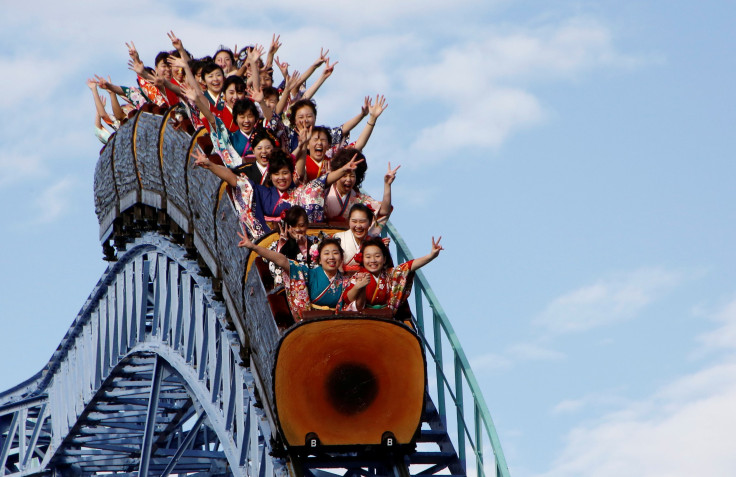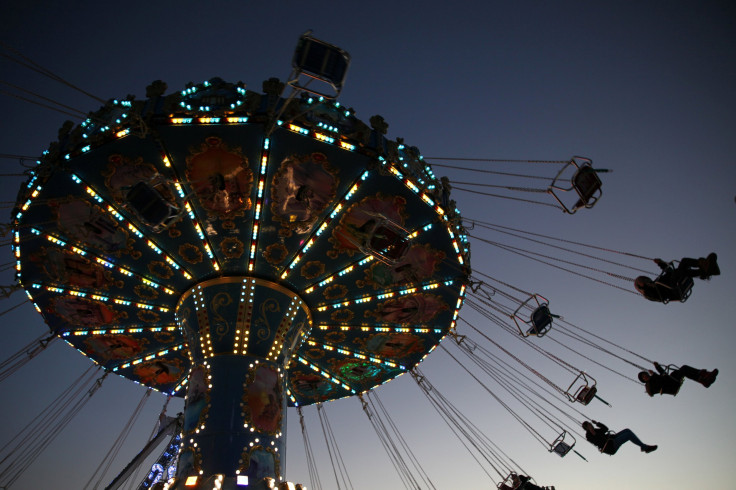Horrific Accidents On Amusement Park Rides Highlights Need For Safety

The amusement park industry assures its customers and the public that its parks and the rides in them spread across America are safe and well inspected, however a recent death at the Ohio State Fair in Columbus this year has left the public wondering whether these claims actually stand true.
On the opening day of the fair in July, a piece of the ride called "Fire Ball" broke apart mid-air and sent its occupants flying into the air. One person was killed and seven more were left injured.
Surveys and other examinations of such incidents have been conducted throughout the country in years that injuries linked to rides occur at a surprising frequency.
It was estimated that 30,900 injuries were caused by amusement park attractions in 2016 alone, those injured included people who visit fairs, festivals and carnivals every year, according to the U.S. Consumer Product Safety Commission (CPSC).
The CPSC reported that since 2010 there have been at least 22 fatalities caused by thrill rides, including last month’s death at the Ohio State Fair.
The amusement park industry ensures that inspections of rides are made in an effort to help minimize the number of injuries and accidents caused due to ride malfunctions, however, the frequency and the parts of the rides to be inspected are usually dictated by the manufacturer. Even though there have been regular checks and assurances of safety, that doesn't necessarily always mean fewer accidents and injuries, NBC News reported.

In August 2016, a 10-year-old boy was killed while riding on a water slide in Kansas. In the same month, three girls were also injured at a fair in Greeneville, Tennessee, after they fell out from a Ferris wheel.
Ten people, including children were injured in July 2016, when a roller-coaster they were on at M&D’s theme park in Scotland derailed and crashed falling onto another children’s ride below. Four people were killed after a raft flipped over at the Dreamworld amusement park in Australia in October 2016.
Walter Reiss, an independent amusement ride safety inspector said that once mobile rides are assembled at their destined location, they generally have only a round of visual inspection, or they might be sometimes assessed for damages through non-destructive testing methods, according to CNN.
"Generally, when you're inspecting on-site when it's been re-erected after just being moved, you're doing mainly a visual inspection," Reiss said. "You can require the non-destructive testing if you see something that's suspect. But generally, the non-destructive testing through using the X-ray, the mag-particle, the ultrasound, that's gonna be something you're going to do only when it's disassembled in a shop somewhere."
The International Association for Amusement Parks conducts an annual safety survey and the most recent data was published in 2016. Of the fixed-site amusement parks from which the association collected data, it found and estimated that there were 1,508 ride-related injuries among park goers who went on rides in 2015. That was said to be an increase of 32% since the previous year 2014, which saw a total of 1,146 ride-related injuries. No data regarding any kind of fatalities were reported.
However, the association only collects safety data on fixed-site amusement parks, where the rides are permanently fixed, unlike parks that are mobile. Mobile amusement parks include the ones in carnival and state fairs, like the one in Ohio.
Tracy Mehan, translational research manager at Nationwide Children's Hospital in Ohio, told CNN that she believes a proper coordinated effort by the authorities to collect data efficiently is required to ensure safety at these amusements parks.
"Right now it is hard to get a clear picture of what is happening because there is a patchwork system of regulation and enforcement," said Mehan, who previously conducted a study on child injuries at amusement parks in 2013.
"We need a national injury reporting system for all mobile and fixed-site rides that will allow for better surveillance and consistent enforcement of standards," she added.
"There's no mechanism for the parks themselves or the ride manufacturers to report injuries or mechanical failures to any organization," she noted.
© Copyright IBTimes 2024. All rights reserved.






















